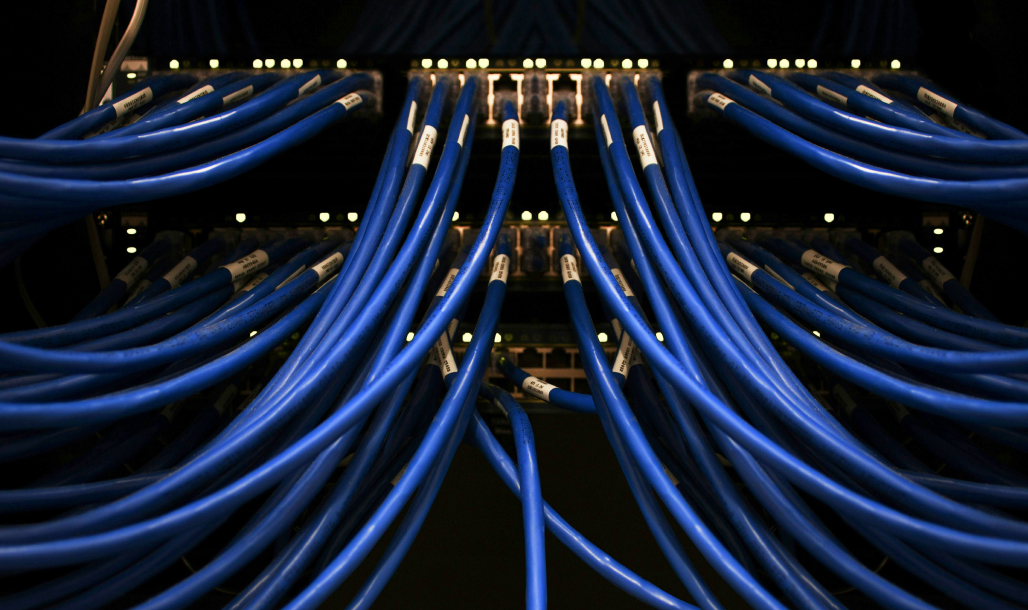In a world that is constantly connected business depend more than ever before on fast, secure and scalable networks. The buzz around the speed of Wi-Fi or cloud applications is often eclipsed by the meticulously designed cable system that supports the whole network.

Image credit: gokaravan.com
There is no option but to get the right structured cabling it’s a requirement.
What exactly is Structured Cabling Really?
Think of structured cabling as the physical skeleton of your IT infrastructure. It’s a common method of organizing cables and equipment to ensure that all phones, security systems, computers, as well as servers, can be connected and communicate efficiently. A structured cabling system will not be cluttered with wires you’ll see in older setups. It’s neat rational, clear and built to change with technological advancements.
It’s important to design your cabling infrastructure in order to be able to support every aspect of your business such as multimedia, data, voice and many other technologies. Modularity allows you to add, move or change systems without creating major disruption. It’s also important to note that it’s scalable and ready to expand with your company’s needs.
Why Structured Cabling Services Are Important
The solution to structured cabling can’t be one size is perfect for all. Each industry, building and business has its own performance requirements. It is essential to work with a structured cabling service provider who is skilled in.
Professionals will review your current infrastructure, future needs and layout of your physical infrastructure for the perfect design. Services often include installing cabling for horizontal and backbone, distribution frames, patch panels, and testing every single cable for quality control.
Karavan Technology is one example of a firm that offers complete structured cabling services in the US, Canada and beyond. These services are designed for both simple installations and high-performance environments. Their solutions span from Cat5E through high-frequency Cat7 cabling which can support 1200MHz. This offers high-speed and reliable service at every level.
The Structured Cabling Installation Process
The structured cabling industry is frequently viewed as disruptive. A team of experienced technicians can complete installations quickly with a clean and tidy finish without disrupting the everyday activities.
What is a typical installation?
1. Engineers assess the space to determine cable routes and mark all the endpoints.
2. Installation: Cables are installed cleanly and identified.
3. Test and certification: Every connection is tested for the quality of the signal, and then certified according to performance standards.
4. Documentation: A detailed map of your cabling system is included for future troubleshooting or upgrades.
After the process, your building will be equipped with a plug and play system that will be able to meet your digital needs for many years to come.
Future-proofing using Structured Cabling Systems
Technology is constantly evolving and your infrastructure should too. Structured cables that are effectively designed and installed offer advantages for future-proofing, making it easier to expand and upgrade without having to start from scratch. The latest devices, servers or workstations can be incorporated seamlessly without a complete overhaul.
Furthermore to that, as demands for data grow, especially in cloud computing as well as videoconferencing, a strong base can prevent bottlenecks and ensure consistent performance. It isn’t necessary to be concerned about signal loss, or expensive interruptions due to outdated wiring.
Final Thoughts
While structured cabling may be away from sight but it should not be overlooked. It’s the base of a functioning, future-proof network that is able to support all aspects of your business’s operation. You can improve the performance of your business, and create the foundations for your future success by having a skilled structured cable installation.
If you’re opening a brand-new office, enhancing an existing system, or contemplating a large-scale deployment, you will not regret making the investment in the use of a structured cabling system.